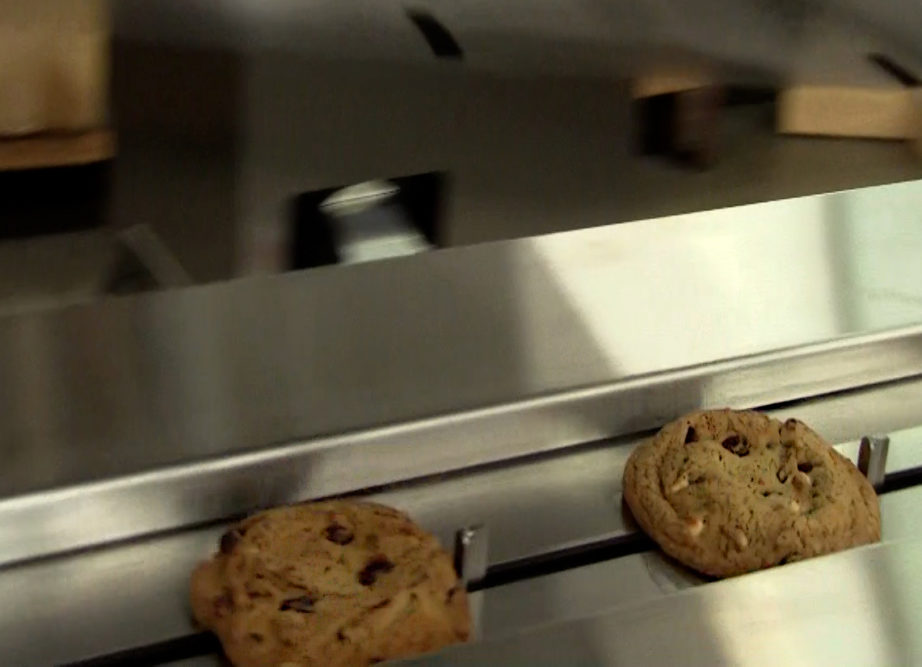Adding to or retrofitting existing equipment to produce individual cookie packs creates several challenges. It takes time, space and money to build in what bakers need.
“We have done a really good job at making systems that are adaptable where we can run slugs, trays and piles all on the same line,” said Bill Kehrli, vice president of sales, Cavanna Packaging. “But it’s very hard to take existing fixed assets that are already in a bakery and reengineer them and make them something they were not designed to do. Typically, it requires removing all of the existing packaging equipment and putting in new equipment. The pitfall is that production line is out of business for a month during the tear out.”
However, some machines can be adjusted to accommodate smaller packages as long as they fit in the parameters of the minimum and maximum tolerances of existing machinery.
“If it’s in the primary packaging, it might just be a new folding box for the flowwrapper or a new former for the new bagger. They’re just considered change parts,” said Josh Becker, bakery segment manager, Harpak-Ulma. “On the secondary packaging, if they’re reducing their carton size because they’ve reduced their primary packaging size, again, it’s just change parts and easily retrofittable on existing machinery.”
If a baker is moving from bulk packaging to individually wrapped items, the process changes can create bottlenecks within the feeder.
“Since individual cookies need to be picked up and placed one by one into the flowwrapper without harming product quality, manual handling often proves to be inefficient,” according to a statement from Syntegon. “In order to maintain speed and ensure gentle handling, manufacturers therefore switch to robotic pick-and-place equipment to feed, align and group even sensitive cookies.”
Switching from a tray pack to individual packs means that speeds would need to go up exponentially.
“It’s usually not the package they want that’s the challenge, it’s doing it within the constraints of the equipment they already have or the floor space they have,” explained Dennis Gunnell, president, Formost Fuji. “That’s a really big challenge. Sometimes you’ve got all this equipment to do your tray pack, and now you want to do them individually, but where are you going to put it? If you’re talking some high speeds, you need some space to do that.”
One option for bakeries is to add a spur line to existing packaging equipment.
“When you get into single-serve or two-pack, you need additional packaging equipment to keep up with the volume or you need to go into a bleed-off operation where you’re bleeding off some of the product into a two-pack or three-pack wrapper,” explained Dave Watson, bakery and snack subject matter expert with The Austin Co. “And you continue to run your multipack varieties through the same existing packaging equipment.”
But fitting even one spur line into bakeries can be a challenge as space is generally at a premium in packaging areas. One way around that is for bakeries with vertical space to add a mezzanine.
“If you don’t have head space, you’re going to squeeze things into your existing footprint, unfortunately,” Mr. Watson said. “It depends on whether you’re going to be running these small pack sizes all the time or are you going to be running them part-time? If you’re running them part-time, then you can get away with bleed-off operations where you can run maybe just two or three wrappers and run the rest of the volume into larger pack sizes, which does definitely help in floor space.”






